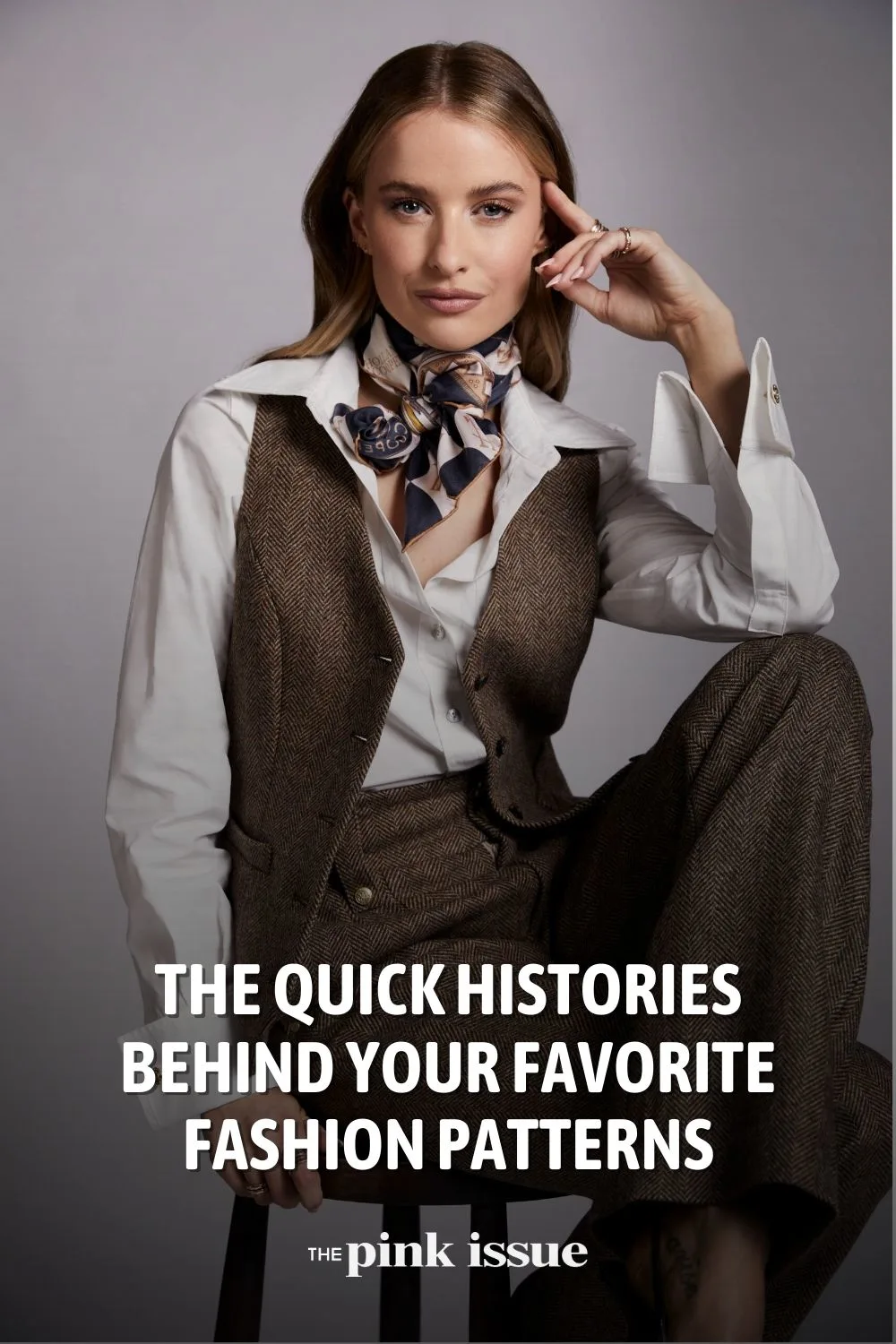Got a soft spot for herringbone blazers or love the whimsy of paisley prints? Well, you’re not just wearing a pattern; you’re wearing a piece of history! These designs have traveled through time and cultures to land in your wardrobe. So, let’s decode their histories and find out why they keep popping up on runways and streets alike.
Paisley
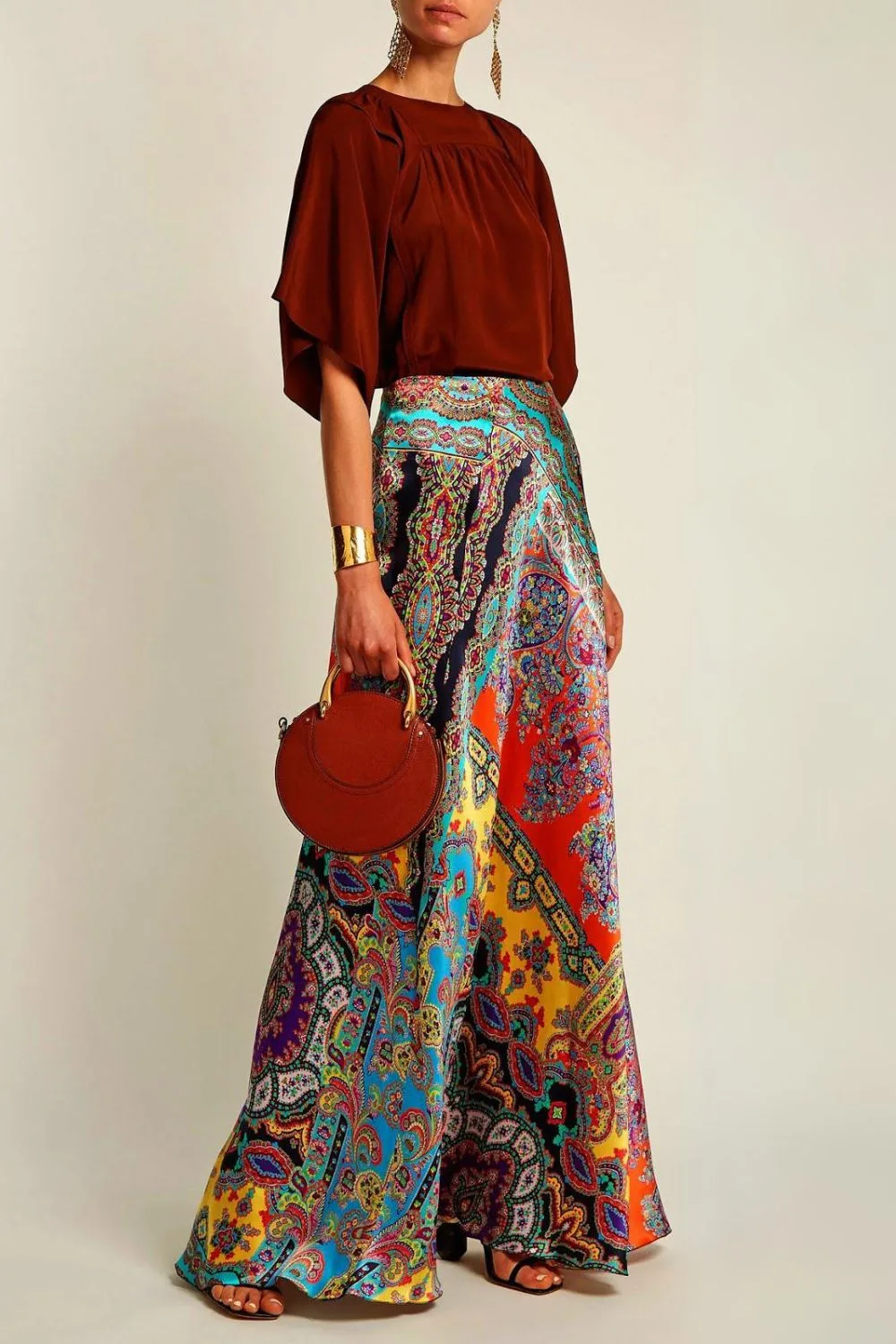
This swirly sensation started off in ancient Persia but got its big break—and name—from a Scottish town in the 19th century. Fast forward through fashion’s timeline, and paisley has twirled through the ’60s hippie scene, emerging today as a boho chic staple. Talk about a pattern that knows how to travel!
Plaid
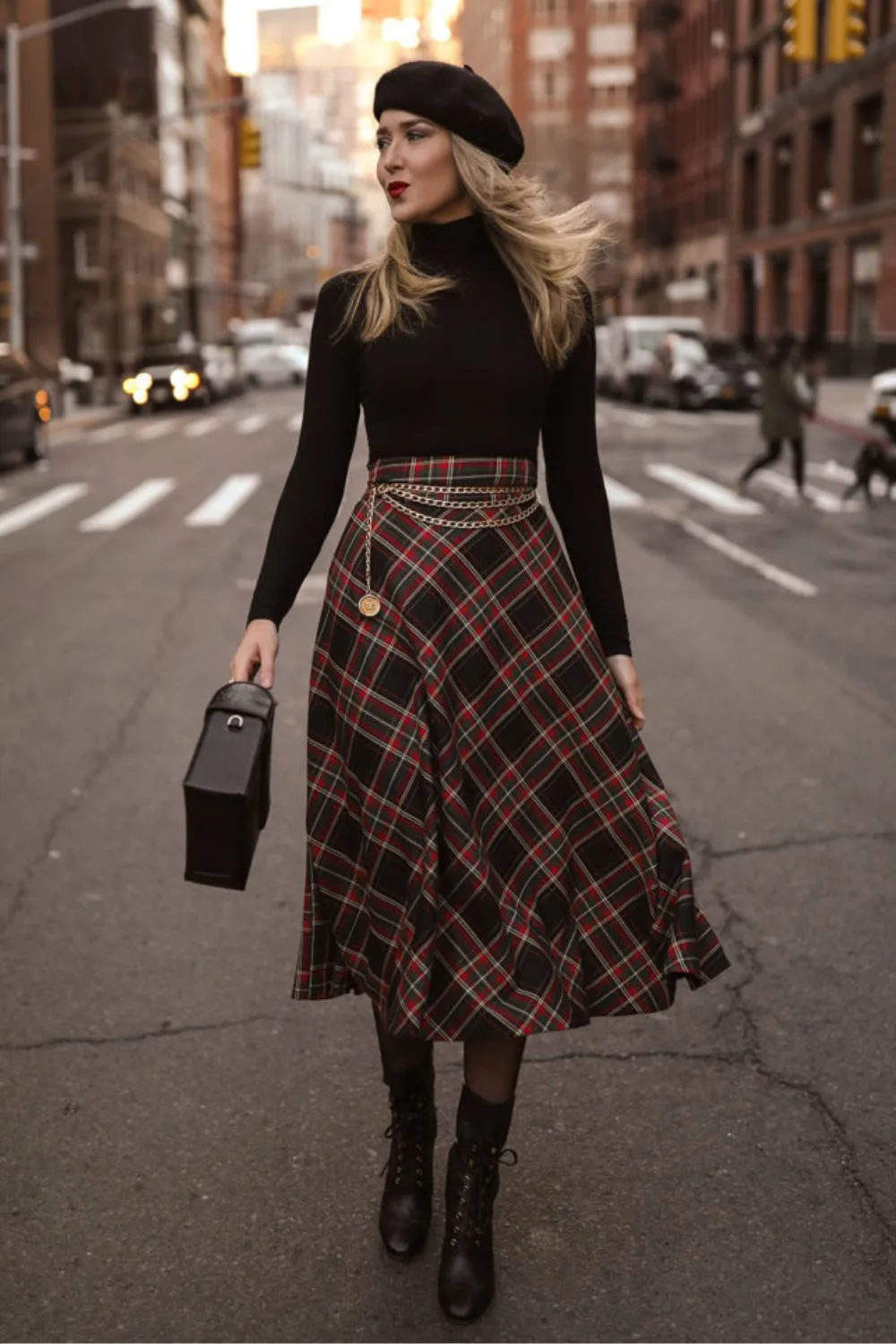
Straight from the Scottish Highlands to the high streets of fashion, plaid has had quite the journey. Originally a way to show off clan pride, this pattern ditched its rural roots and burst onto the global scene. From punk rock’s raw edge to preppy’s polished look, plaid proves it can hang with both the rebels and the royals.
Polka Dots
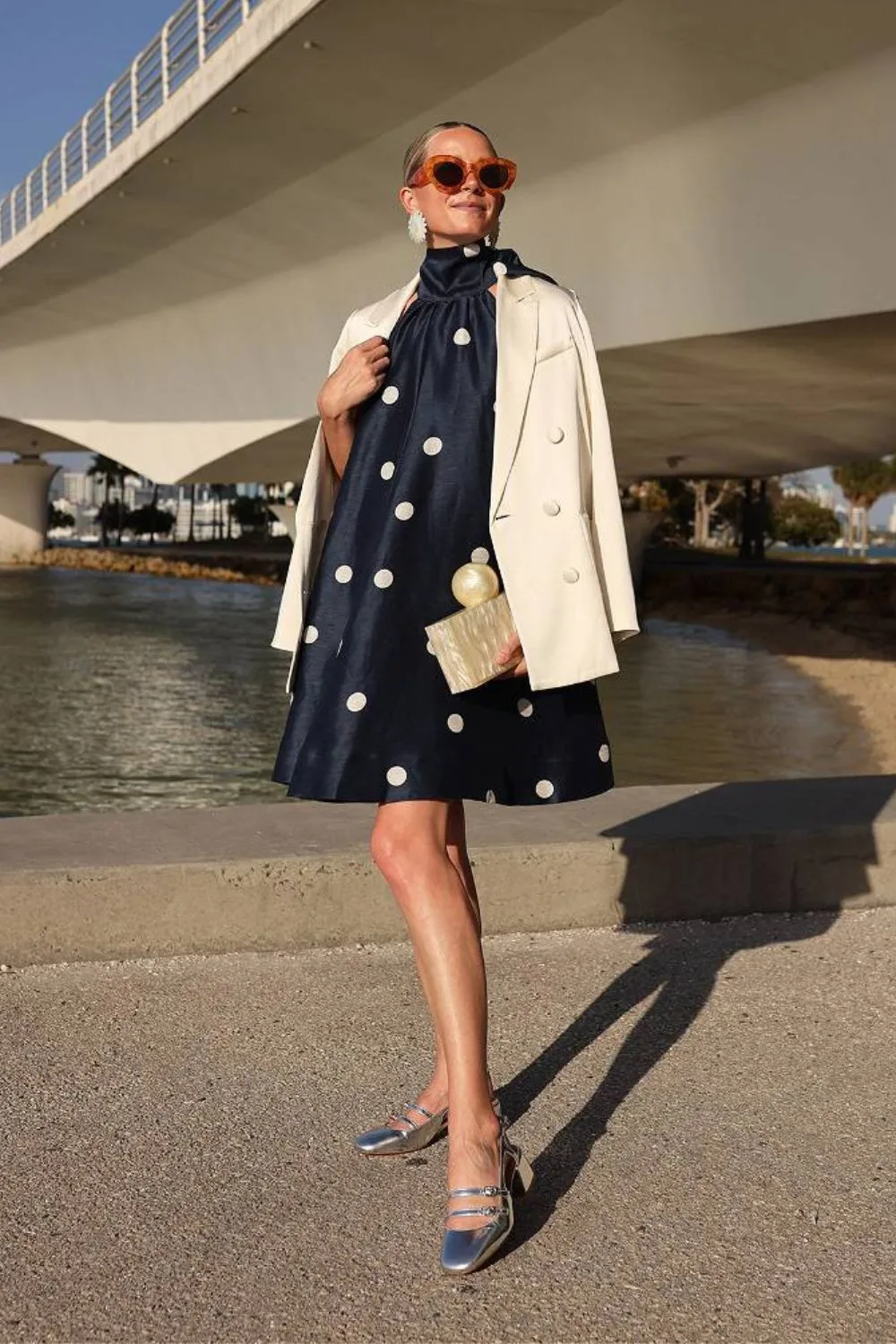
These playful spots first made waves in 19th-century Europe during the polka dance mania. They really leaped into the limelight on Minnie Mouse’s dress and got a glam boost from 1950s Hollywood darlings like Marilyn Monroe. Today, polka dots add a splash of retro fun to modern looks, peppering everything from dresses to accessories.
Floral
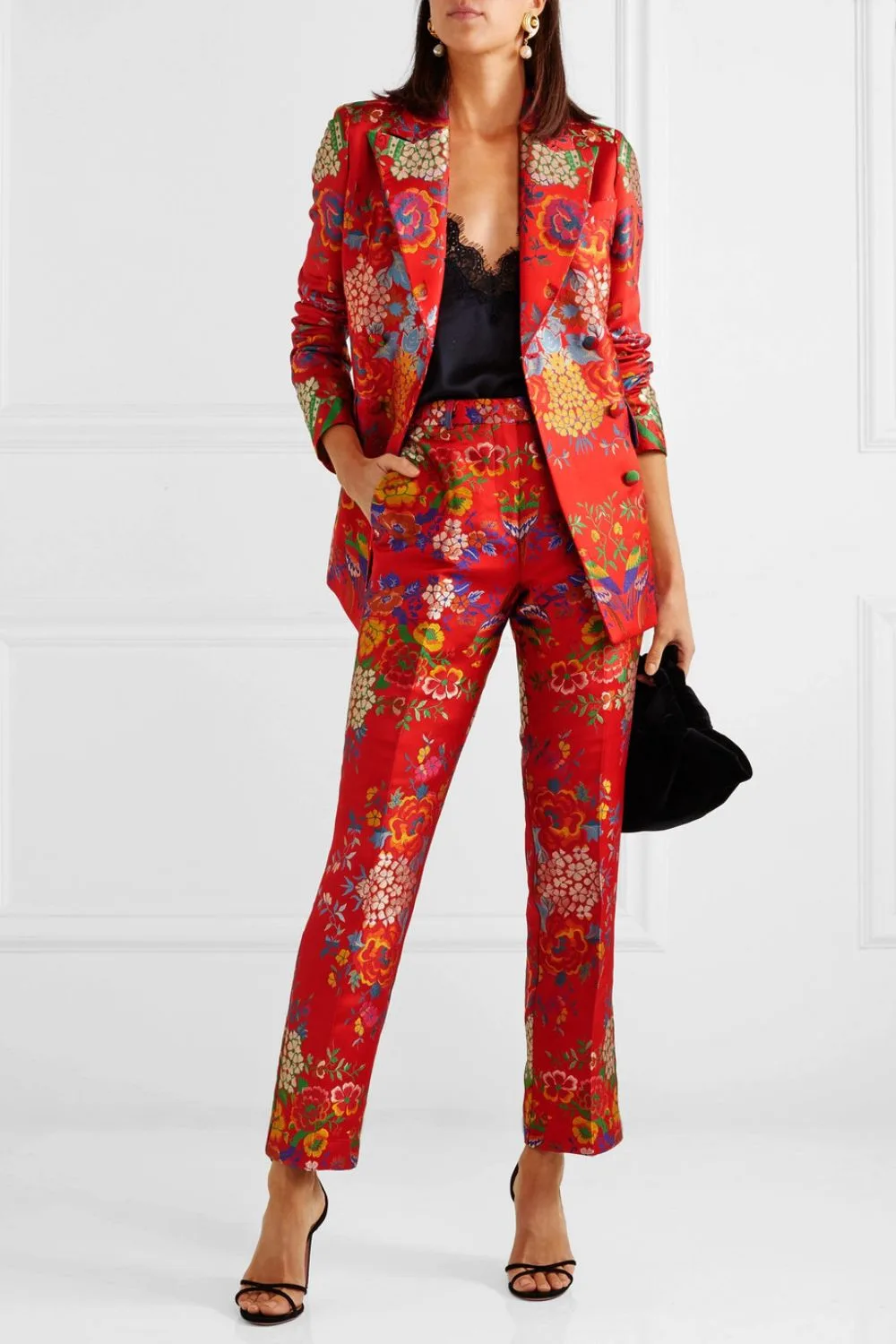
Blooming from ancient Asia, where flowers were rich with symbolism, floral patterns have flourished through the European aristocracy and boomed in the hippie era. Today’s florals range from subtle, delicate designs to bold, dramatic applications, perfect for both spring dresses and avant-garde ensembles.
Pinstripes
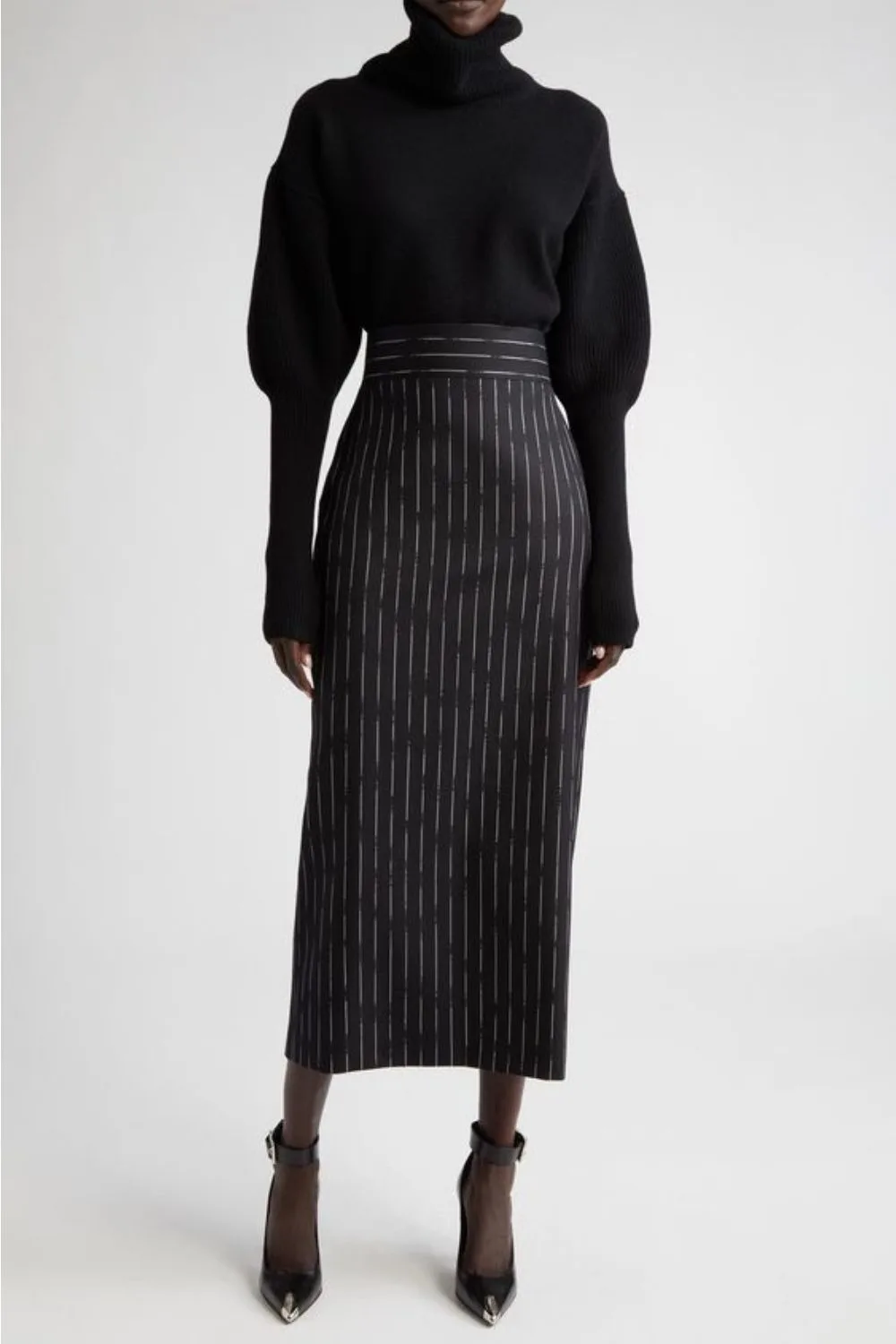
Originally the uniform of the early 20th-century financial district, pinstripes have since traded in their stiff collars for a more relaxed look. These slender vertical lines, once a marker of power, now dash across everything from casual streetwear to high-end women’s fashion, blending tradition with modern flair effortlessly.
Animal Prints
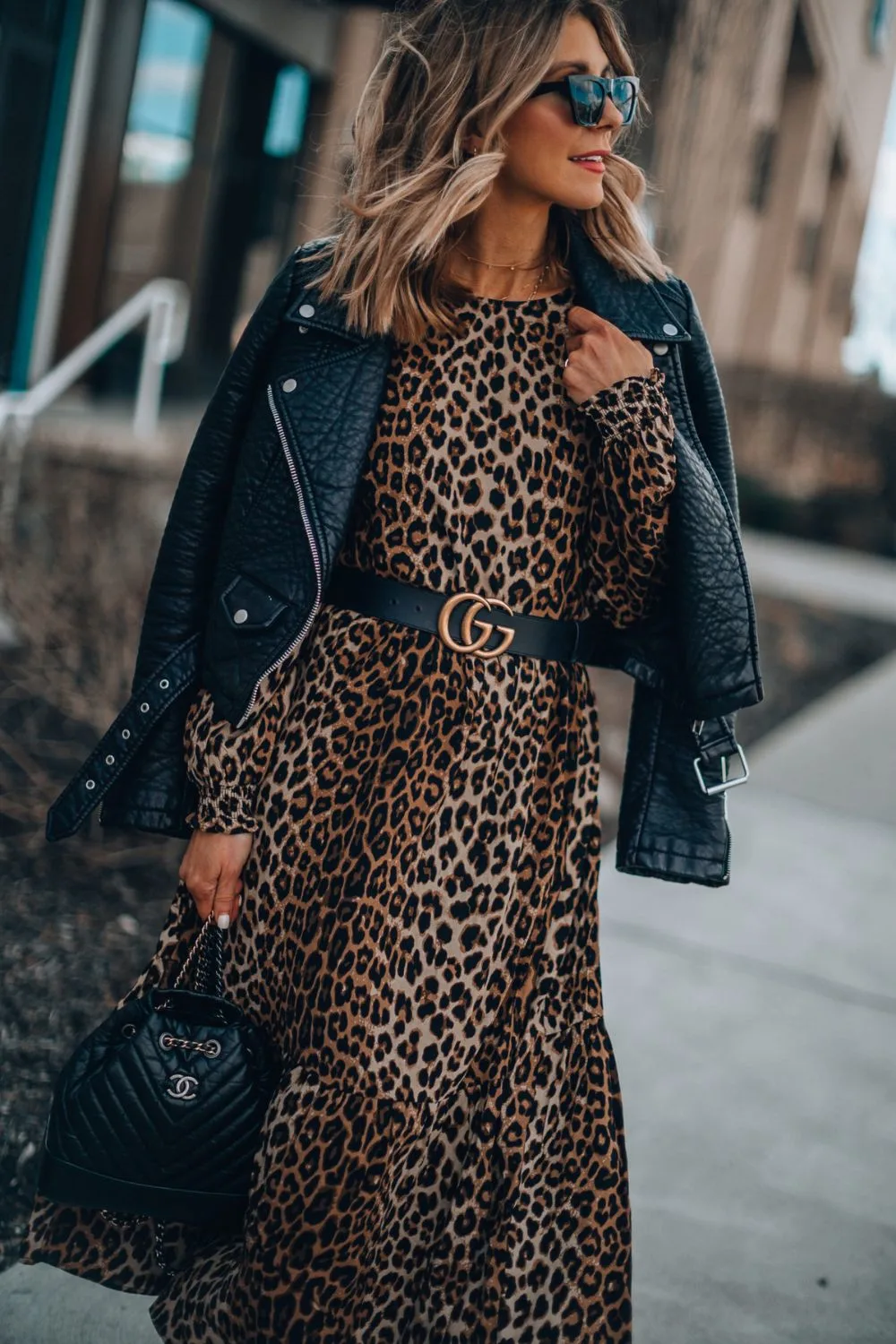
Echoing from ancient cave paintings to royal attire, animal prints have always symbolized power and prestige. Fast forward to the 20th century, and they adorned Hollywood’s elite and, later, the punk scene’s rebels. Today, whether it’s leopard spots or zebra stripes, animal prints keep roaring back into fashion, stronger each season.
Camouflage
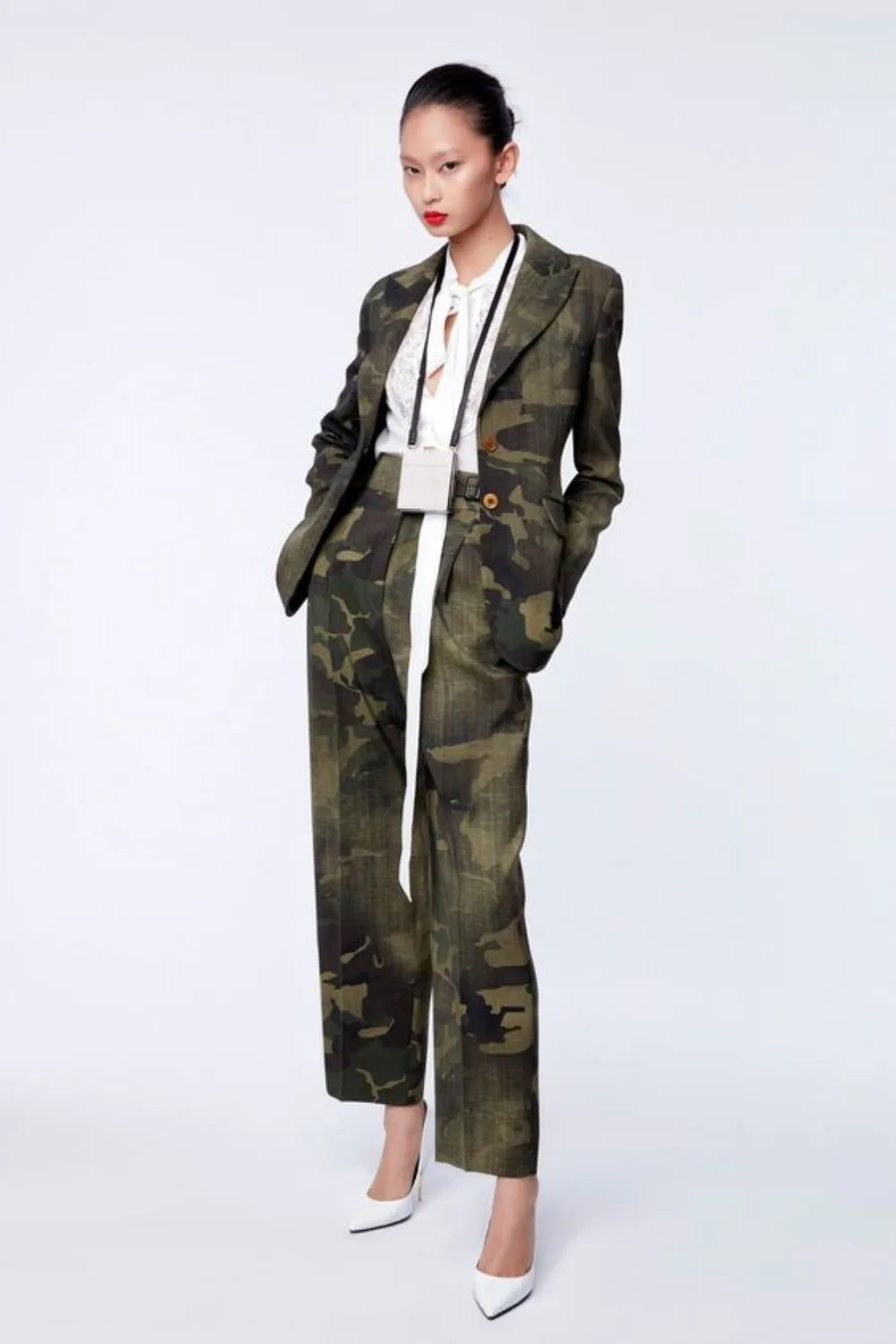
Initially designed to conceal soldiers in battle, camouflage couldn’t keep itself hidden in the fashion industry. It exploded onto the scene as an anti-war statement during the Vietnam War and evolved into a symbol of urban cool and youthful rebellion. Today, you’re as likely to spot it in a high-end boutique as in a thrift shop, proving its lasting and versatile appeal.
Ikat
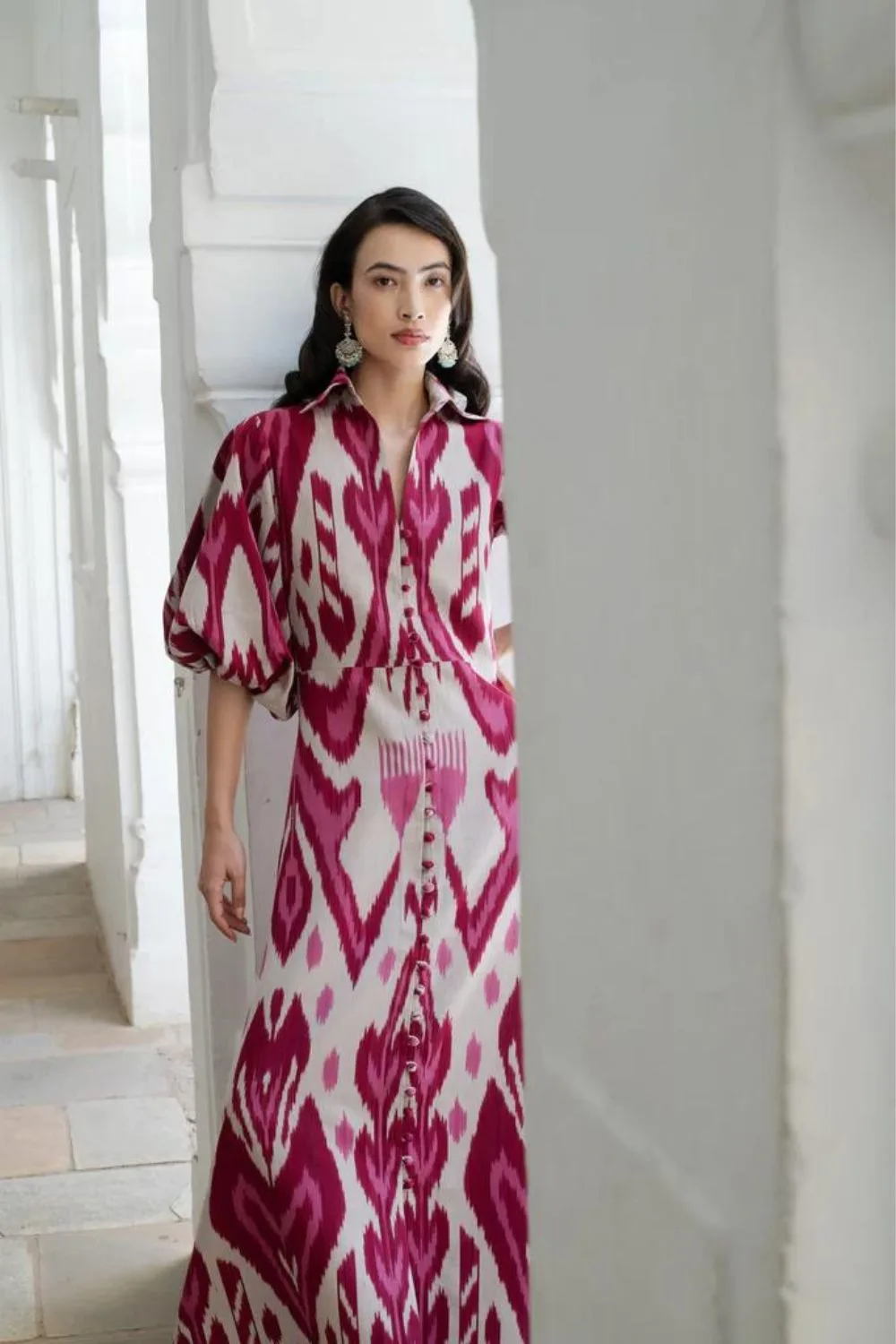
Ikat dazzles with its complex dyeing process that predates weaving, boasting origins from Indonesia to Central Asia. Modern fashion has embraced ikat in everything from haute couture gowns to laid-back tees, celebrating its intricate beauty and rich heritage.
Herringbone
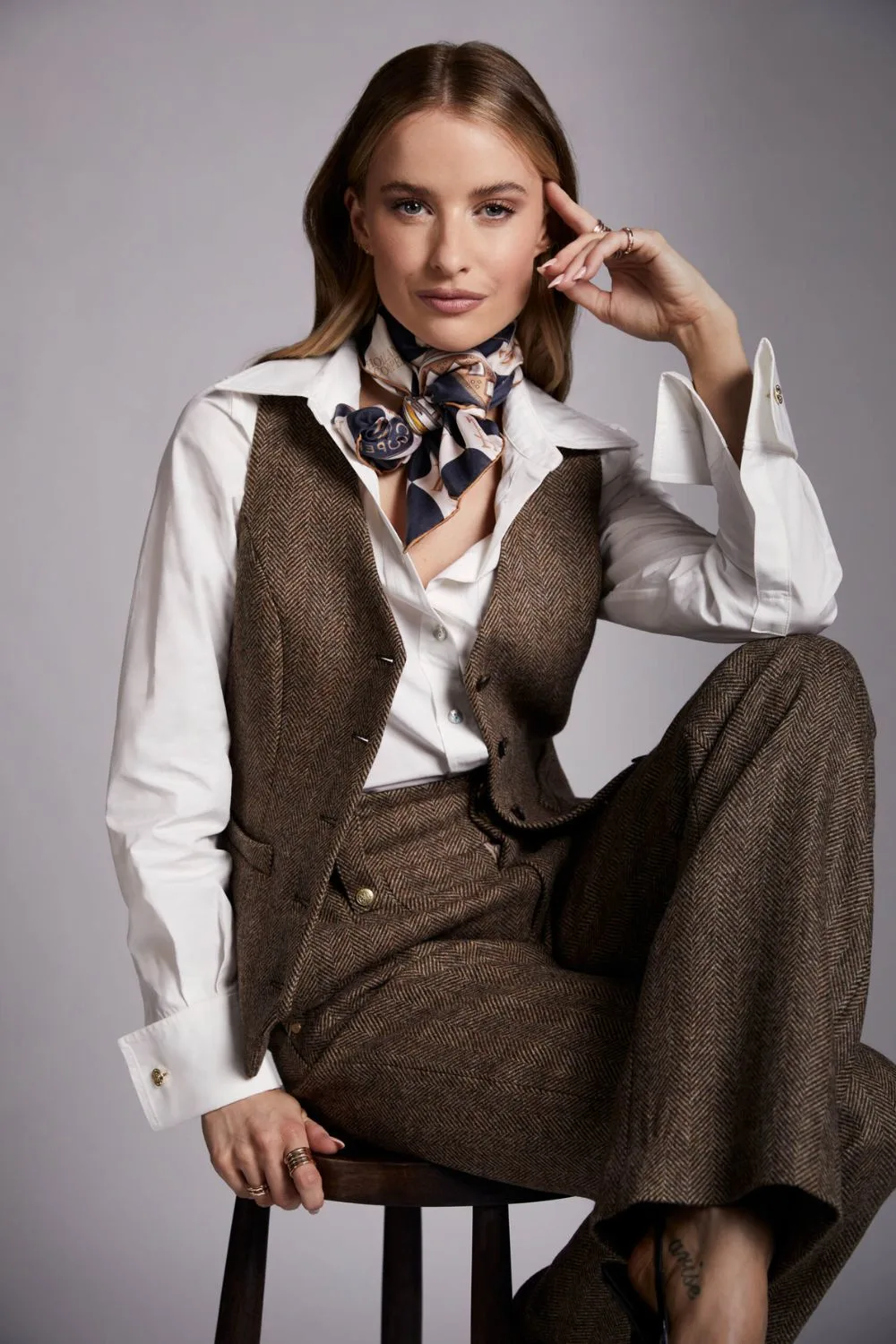
This chic zigzag pattern traces back to the Roman Empire’s road paving methods but found its fashion life in British tweed suits. A mainstay in menswear and now a hit in women’s fashion, herringbone’s timeless appeal makes any outfit look expensive and elegant.
Ankara
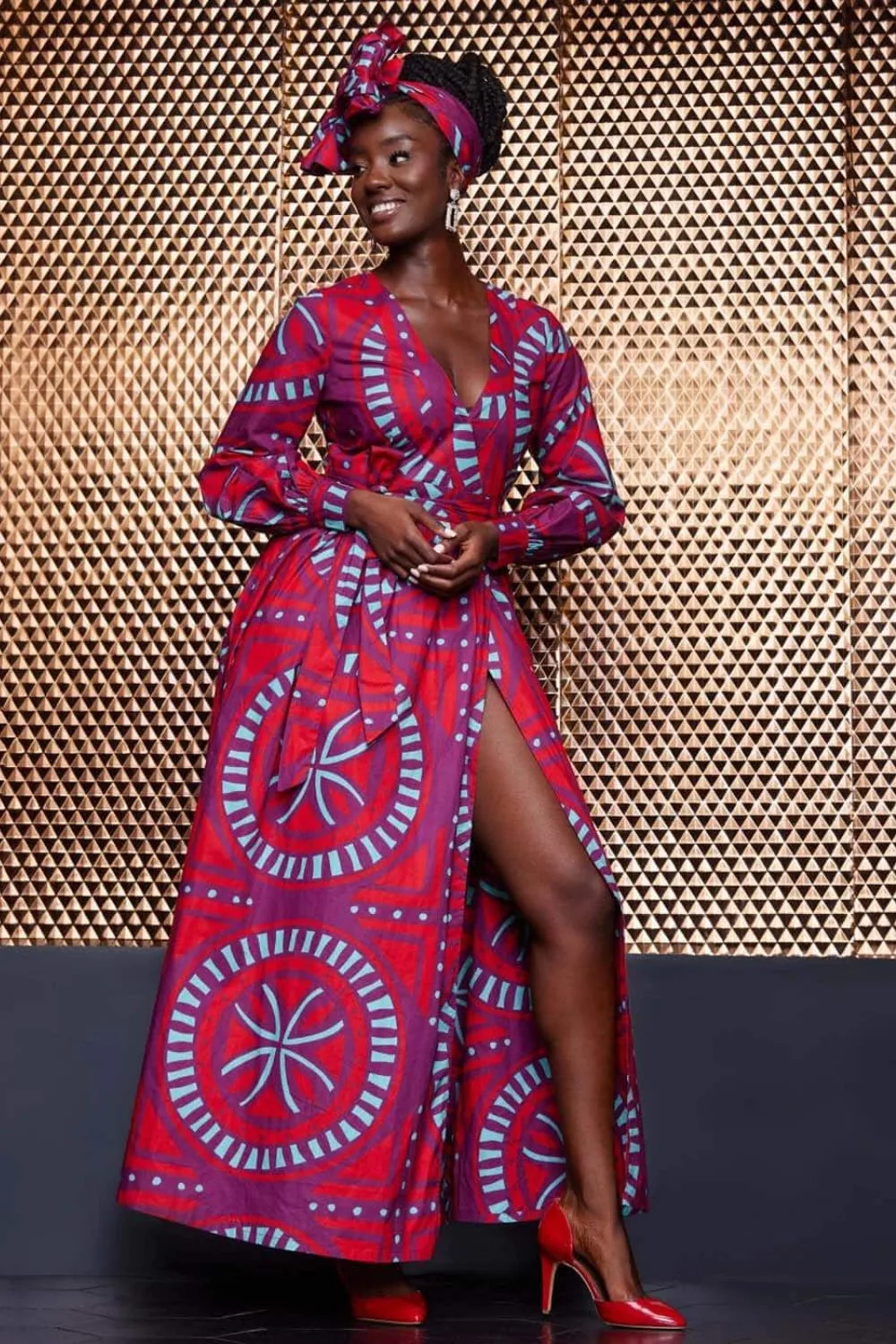
Ankara shines with its origins in West Africa, where its vibrant, bold prints embody the culture’s deep traditions and stories. Embraced globally by the African diaspora, these fabrics now stand out in every fashion lineup, making powerful statements that blend heritage with cutting-edge style.
There you have it—a quick tour through the history of fashion’s favorite patterns. Next time you throw on that polka dot blouse or that floral tie, remember that you’re not just wearing a piece of fabric; you’re wearing centuries of history. How cool is that?
